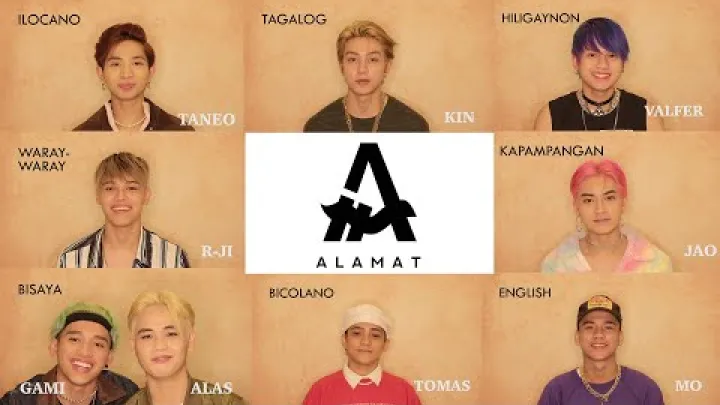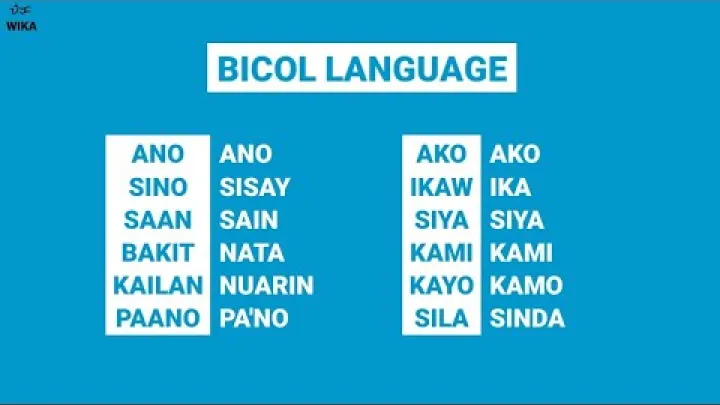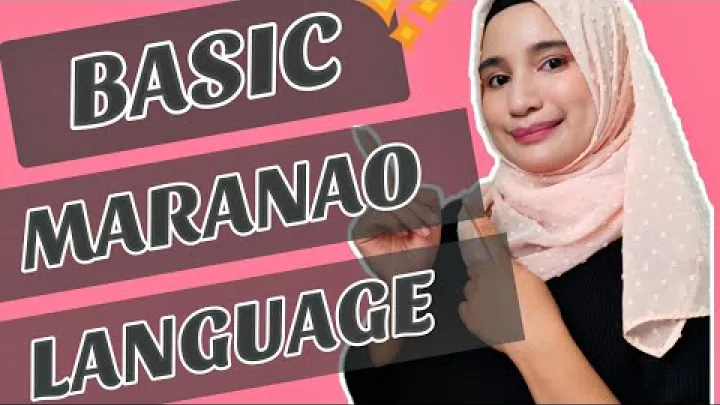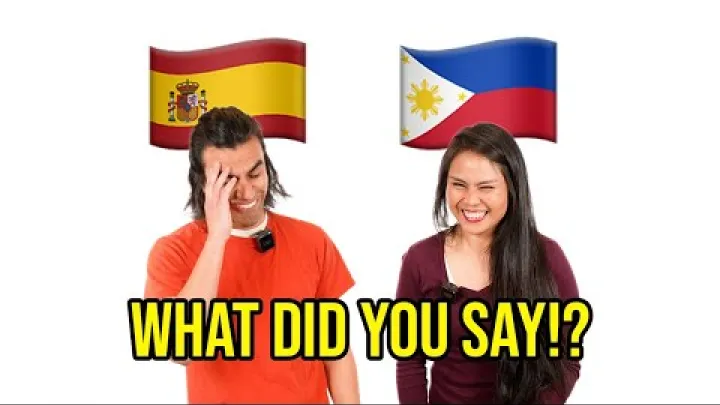Comprehensive Video Guides on the Top 10 Languages in the Philippines by Region
The Philippines, an archipelago of over 7,000 islands in Southeast Asia, is not only renowned for its stunning natural beauty but also for its astonishing linguistic diversity. With more than 180 languages spoken, the country offers a fascinating study of cultural and linguistic evolution. This blog post delves into the major languages of the Philippines, exploring their origins, characteristics, and cultural significance.
The Foundation of Filipino Identity: Tagalog and Filipino
Tagalog, primarily spoken in the National Capital Region and nearby provinces, serves as the basis for Filipino, the national language. Filipino is an official language alongside English and is used extensively in government, education, and media. It evolved from Tagalog and incorporates elements from other Philippine languages and foreign influences such as Spanish and English. With about 22 million native speakers and more than 70 million second-language speakers, Filipino unites the nation with a language that is inherently flexible and inclusive.
Cebuano: The Queen City's Tongue
Cebuano, also known as Bisaya, is widely spoken in the Central Visayas, parts of Eastern Visayas, and throughout much of Mindanao. It boasts approximately 21 million native speakers. Cebuano speakers enjoy a vibrant cultural scene with rich traditions in music, television, and film, reflecting the language's melodious quality and rhythmic flow.
Ilokano: The Language of the Northern Provinces
Ilokano is predominant in the Ilocos Region and is spoken by about 8 million people. This language has absorbed many Spanish loanwords during the colonial period. Ilokano is notable for its literary traditions, especially epic poetry and folk narratives that resonate with themes of familial ties and communal life.
Hiligaynon: The Gentle Flow of Panay and Negros
Hiligaynon, or Ilonggo, spoken by around 7 million people, is the principal language in Western Visayas and parts of Soccsksargen. Known for its gentle intonation, Hiligaynon is a language that lends itself well to poetry and song, integral aspects of the local cultural expression.
Waray-Waray: The Resilient Spirit of Eastern Visayas
In the islands of Samar and Leyte, Waray-Waray is spoken by about 3.1 million people. Despite its reputation for being a tough and straightforward language, Waray-Waray features a variety of dialects with rich oral traditions, including folklore and traditional dances that depict the community's resilience and vibrancy.
Kapampangan: The Culinary and Cultural Gem
Kapampangan is spoken in Central Luzon, especially in Pampanga and some parts of Tarlac. With around 2.3 million speakers, it is famous for its culinary heritage—often considered the best in the Philippines—and its cultural festivities that display a rich tapestry of history and tradition.
Bicolano: The Fiery Language of the Volcanic Region
Bicolano, spoken by approximately 5.5 million people, is the dominant language in the Bicol Region of Southern Luzon. The language varies significantly across the region but is united by shared cultural practices such as the religious devotion to Our Lady of Peñafrancia. Bicolano culture is rich in religious and volcanic imagery, much like the iconic Mayon Volcano that dominates its landscape.
Pangasinense: Echoes of the Lingayen Gulf
In Pangasinan and parts of its neighboring provinces, about 1.5 million people speak Pangasinense. The language is known for its historic literature and skilled oratory, which are celebrated during local festivals and civic ceremonies.
Maranao: The Artistic Language of Lanao
Maranao, spoken by roughly a million in the Lanao provinces of Mindanao, reflects its people's deep Islamic faith and the rich history of the Maranao Sultanate. This language is expressed in the intricate art forms of the region, including music, dance, and the visual arts, particularly noted in the beautiful okir designs.
Chavacano: The Spanish Legacy in the Philippines
Chavacano is a fascinating Spanish-based creole language with about 700,000 speakers, primarily in Zamboanga City. This language is a living relic of the Spanish era, blending old Spanish with Filipino languages, offering a unique perspective on the country’s colonial past.
Preservation Efforts and Challenges
Preserving the linguistic diversity of the Philippines is a monumental task that requires collective efforts from local communities, government agencies, and international organizations. Several initiatives are underway to document languages and implement educational programs that encourage the learning and use of native languages. For instance, the Komisyon sa Wikang Filipino (Commission on the Filipino Language) works to promote and develop Filipino and other Philippine languages as part of the country's heritage.
The Role of Technology and Media
Technology also plays a crucial role in language preservation. Social media, online dictionaries, and language learning apps are becoming increasingly important in making languages accessible to younger audiences and diaspora communities. These platforms not only provide resources for learning and practicing these languages but also help create a sense of community among speakers.
Cultural Significance in a Globalizing World
In a globalizing world, the cultural significance of maintaining linguistic diversity cannot be overstated. Languages carry the soul of a people—their history, their traditions, and their worldview. Losing any of these languages means losing a unique part of human heritage. The Philippines, with its array of languages, stands as a testament to human diversity and resilience. As such, these languages contribute not only to the cultural richness of the Philippines but also to the global mosaic of human culture.
Conclusion: Embracing Multilingualism
As the Philippines continues to navigate the challenges of modernity and globalization, embracing its multilingual heritage is more important than ever. The country's languages are not just remnants of the past; they are active, living expressions of identity and community. By supporting efforts to preserve these languages, Filipinos ensure that their cultural narrative continues to flourish and evolve. In doing so, they reinforce the idea that diversity is a strength to be celebrated, not an obstacle to overcome.
Your Nearby Location
Your Favorite
Post content
All posting is Free of charge and registration is Not required.












